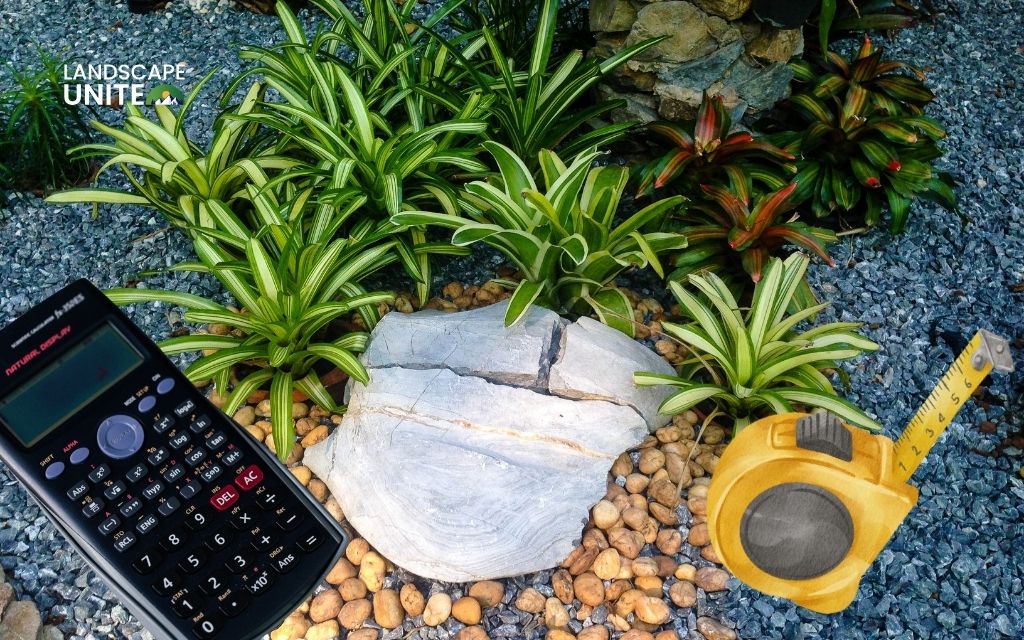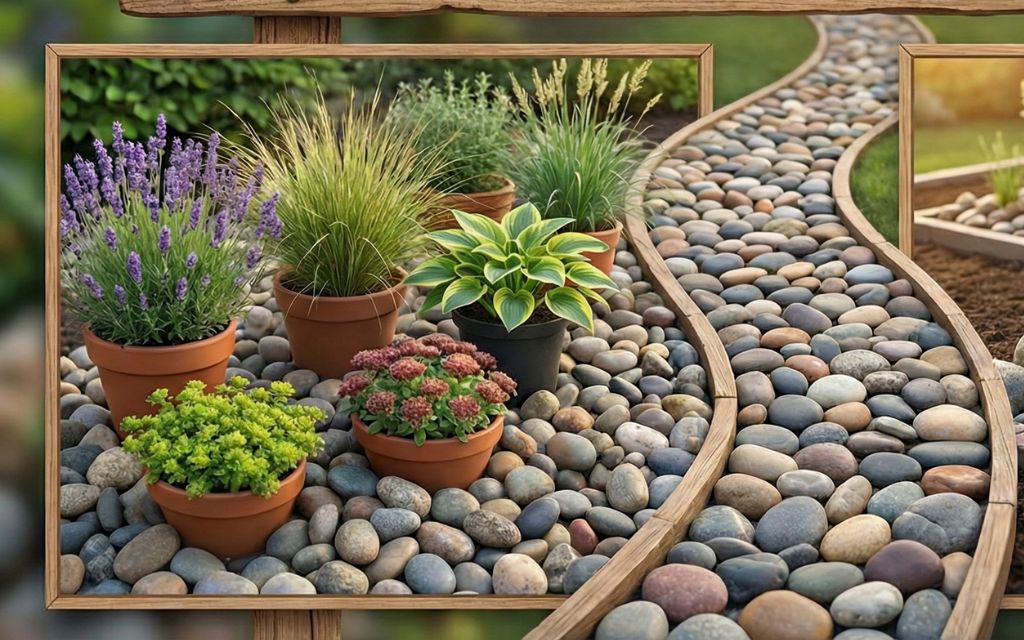Drought tolerant plants are specially adapted species that can survive and thrive with minimal water requirements, making them essential for creating beautiful, sustainable garden and landscapes in water-restricted areas. These remarkable plants have evolved unique features like deep root systems, waxy leaves, and specialized water storage capabilities to flourish in challenging dry conditions.
In this comprehensive guide, you’ll discover valuable insights that will transform your landscaping approach:
- The science behind how drought tolerant plants actually work and survive
- Top-performing plant varieties for different climates and landscape needs
- Step-by-step design strategies for creating stunning water-wise gardens
- Proven planting and establishment techniques for long-term success
- Maintenance tips that keep your drought garden thriving year-round
- Economic benefits including water bill savings and increased property value
- Expert recommendations for both beginner and advanced gardeners
Understanding drought tolerance: The science behind water-wise plants
What makes plants drought tolerant?
What are drought tolerant plants exactly? These remarkable species possess specialized structures that help them survive with minimal water requirements. Their root systems are often their secret weapon, extending deep into the soil to access groundwater that other plants can’t reach. Some drought-tolerant grasses can extend roots over 15 feet deep, creating an extensive underground network that ensures survival during dry periods.
These plants have adapted to survive in arid and semi-arid climates worldwide, developing features that reduce water loss through transpiration. Their leaves often have thick, waxy coatings that can reflect up to 90% of harmful UV radiation while preventing moisture from escaping.
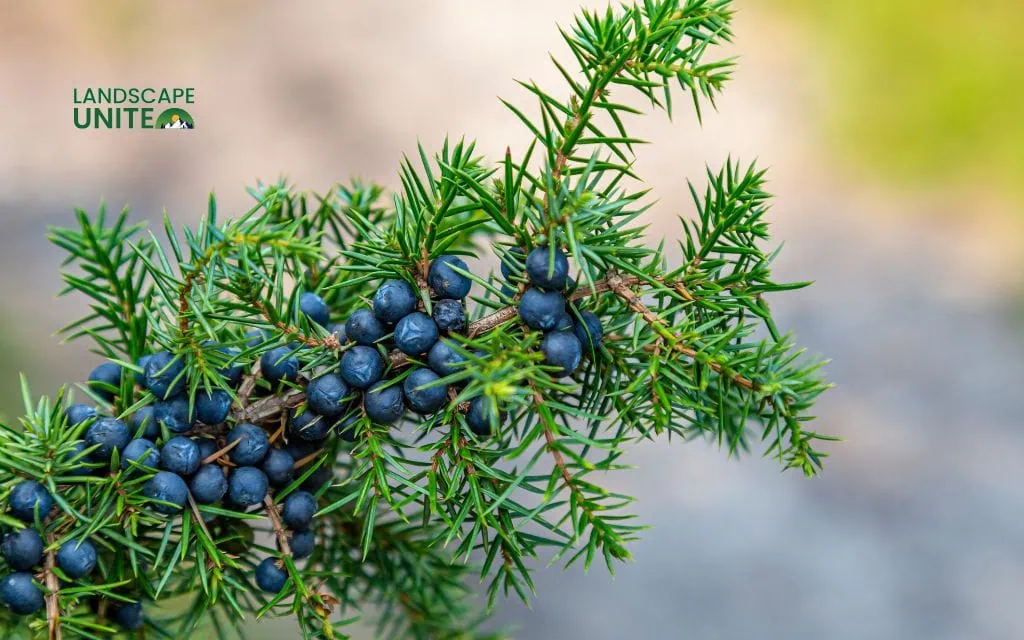
Evolutionary adaptations and survival mechanisms
Some species can survive on as little as 10 inches of annual rainfall, a testament to millions of years of evolution. Certain drought-tolerant plants can store water for up to 2 years in specialized tissues, making them incredibly resilient during extended dry periods.
The resurrection plant (Selaginella lepidophylla) showcases nature’s most extreme adaptation, losing 95% of its water content and still surviving. When conditions improve, it literally comes back to life, demonstrating the incredible resilience that makes drought tolerant plants so valuable for water-wise landscaping.
CAM photosynthesis and unique water storage systems
Many drought tolerant plants exhibit CAM (Crassulacean Acid Metabolism) photosynthesis, opening their stomata only at night to minimize water loss during hot daytime hours. This unique process allows them to photosynthesize while conserving precious moisture.
Certain varieties can detect soil moisture levels and adjust their growth patterns accordingly, essentially going into survival mode when water becomes scarce. Some succulents can even change their leaf color from green to red as a water conservation mechanism, reducing their surface area exposed to the sun.
Top drought tolerant plant categories for every landscape
Native drought tolerant trees and shrubs
Native plants are naturally adapted to your local climate, making them some of the best drought resistant plants for long-term success. Consider these outstanding options:
Trees:
- Ponderosa Pine: Thrives in western climates with minimal supplemental watering
- Western Redbud: Beautiful spring blooms with excellent drought tolerance
- Madrone: Evergreen beauty that handles dry summers effortlessly
Shrubs:
- California Lilac: Stunning blue flowers and native plant appeal
- Manzanita: Distinctive bark and berries, perfect for xeriscaping garden
- Oregon Grape: Bright yellow flowers followed by edible blue berries
Water-wise perennials and flowering plants
Perennial drought tolerant plants provide year-after-year beauty with minimal water input. Is lavender a drought tolerant plant? Absolutely! Lavender tops the list of drought resistant flowering plants that bloom all summer, offering fragrant foliage and stunning purple spikes.
Other excellent choices include:
- Russian Sage: Silver foliage with purple flower spikes
- Yarrow: Flat-topped flowers in various colors
- Echinacea: Purple coneflowers that attract beneficial pollinators
- Rosemary: Dual-purpose herb that’s both culinary and ornamental
- Sage: Aromatic leaves and colorful flower spikes
Ornamental grasses and ground covers
Grasses and ground covers create texture and movement while requiring minimal water. Blue Oat Grass and Feather Reed Grass are excellent choices for adding structure to your water-wise garden.
For slopes and challenging areas, consider heat tolerant ground cover plants for steep slopes like:
- Sedum varieties
- Ice plants (which are indeed drought tolerant)
- Native bunch grasses
Edible drought resistant plants
You can grow food while conserving water! Many Mediterranean herbs thrive in dry conditions:
- Thyme and oregano
- Mediterranean olive trees
- Fig trees
- Pomegranate shrubs
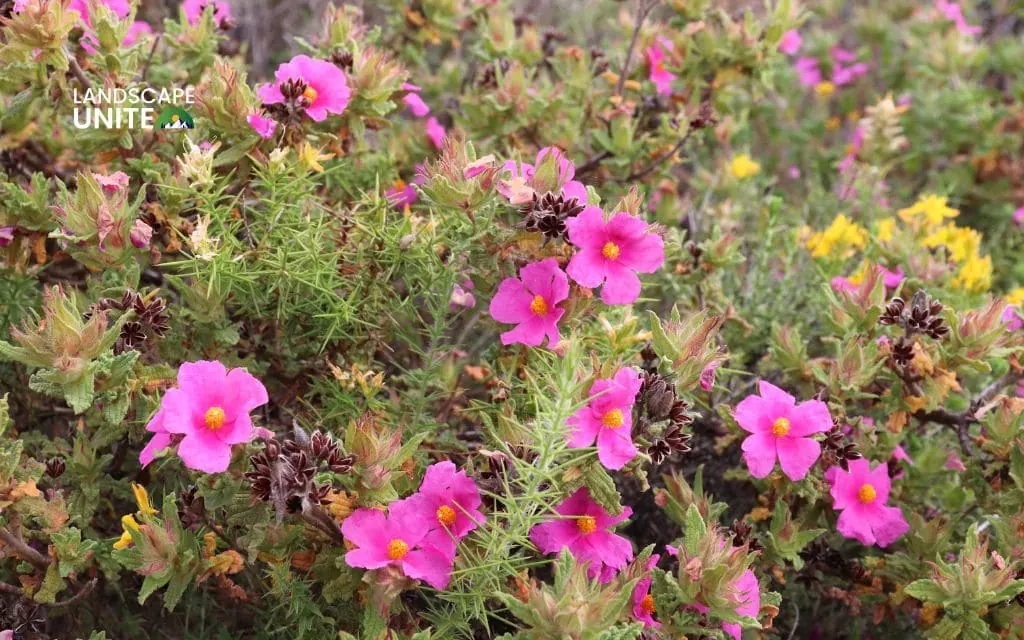
Climate-specific plant selection guide
Best drought tolerant plants for hot, arid climates
Full sun drought tolerant plants for desert regions include agaves, aloes, and various cacti. These plants have evolved to handle intense heat and minimal rainfall, making them perfect for southwestern landscapes.
Desert landscaping favorites include:
- Prickly Pear Cactus
- Desert Marigold
- Ghost Plant (Echeveria)
- Barrel Cactus
Mediterranean climate plant varieties
Mediterranean climate plants excel in areas with dry summers and mild winters. These regions benefit from plants like:
- Rockrose
- Lavender varieties
- Olive trees
- Mediterranean spurge
Cold-hardy drought resistant options
Even northern gardeners can enjoy water-wise landscaping with cold-hardy options that handle both drought and freezing temperatures:
- Pine trees and juniper shrubs
- Native bunch grasses
- Stonecrop sedums
- Prairie wildflowers
Designing your water-wise landscape
Xeriscaping principles and design strategies
Xeriscaping isn’t just about planting cacti everywhere. It’s a comprehensive approach to water-smart gardening that combines beautiful design with water conservation. Group plants with similar water needs together to create efficient irrigation zones.
Consider these design strategies:
- Place drought tolerant plants in sunny, well-draining areas
- Use hardscaping elements like rocks and gravel pathways
- Create focal points with specimen drought tolerant trees
Learn more about the 7 principles of xeriscaping in this blog.
Companion planting for drought tolerant gardens
Smart companion planting maximizes water efficiency while creating beautiful combinations. Pair deep-rooted plants with shallow-rooted varieties to utilize different soil layers effectively.
Creating microclimates and water zones
Are snake plants drought tolerant? Yes, but they prefer some protection from intense afternoon sun. Creating microclimates allows you to grow a diverse range of drought tolerant shade plants alongside full-sun varieties.
Use shade and drought tolerant plants near patios and under tree canopies, while reserving the sunniest spots for desert-adapted species.
Planting and establishment best practices
Soil preparation for drought tolerant plants
Proper drainage is crucial for drought tolerant plants. Many people assume these plants can handle any conditions, but poor drainage can actually kill them faster than drought. Amend clay soils with compost and gravel to improve drainage.
Proper planting techniques and timing
Plant drought tolerant plants during cooler months when possible, giving them time to establish before facing summer heat. This establishment period is crucial for developing the deep root systems that make these plants truly drought resistant.
Watering schedules during establishment period
Even drought tolerant plants need regular water during their first year. Deep, infrequent watering encourages deep root growth, while frequent shallow watering creates weak, surface root systems.
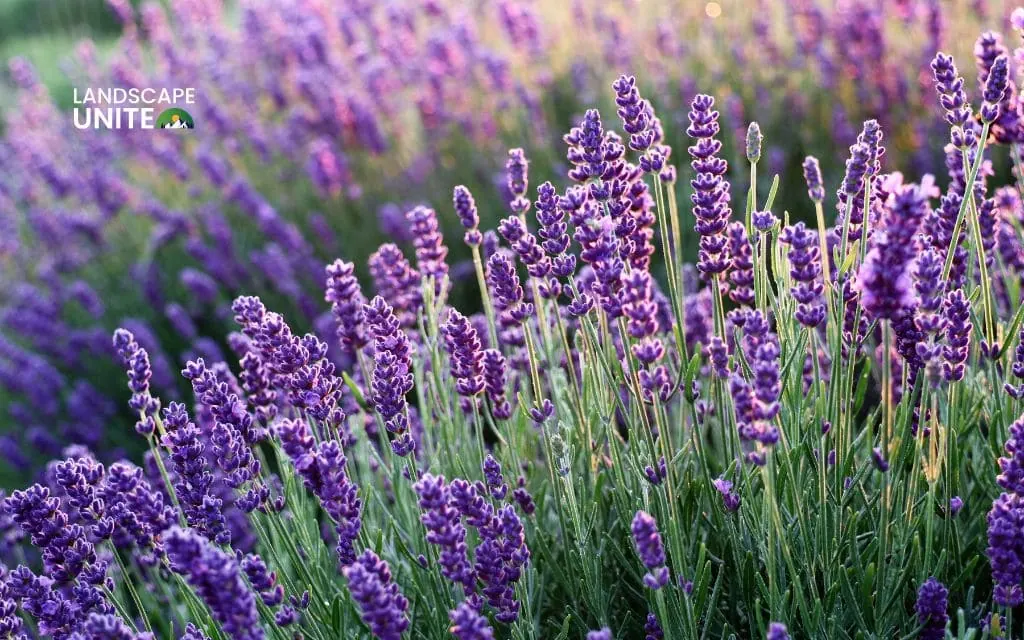
Long-term care and maintenance
Pruning and seasonal care requirements
Low maintenance drought resistant perennials for beginners require minimal care once established. Most benefit from annual pruning to remove dead material and encourage new growth.
Natural pest management for water-wise gardens
Many drought tolerant plants naturally repel pests through aromatic compounds. This built-in protection reduces the need for chemical interventions, supporting sustainable horticulture practices.
Fertilization and soil health for drought plants
These plants typically require less fertilizer than traditional landscape plants. Over-fertilizing can actually make them more susceptible to drought stress by encouraging excessive leaf growth.
Economic and environmental benefits
Water bill savings and cost analysis
While initial costs for quality drought tolerant plants may be similar to traditional options, the long-term savings on water bills make them more economical over time. Many homeowners see significant reductions in their irrigation costs within the first few years.
For specific cost analysis and professional installation services, visit Mile High Lifescape for personalized estimates based on your unique landscape needs.
Environmental impact and sustainability benefits
Water-efficient landscaping supports environmental stewardship by reducing demand on local water supplies. Climate-resilient gardening practices help create landscapes that can adapt to changing weather patterns.
Property value enhancement through water-wise landscaping
Sustainable landscaping increases property values while reducing maintenance demands. Eco-friendly gardening appeals to environmentally conscious buyers and demonstrates forward-thinking landscape management.
FAQs about drought tolerant plants
How long does it take for drought tolerant plants to become established?
Most drought tolerant plants require 1-3 years to become fully established with deep root systems developing during this period. For specific establishment timelines for your climate, explore more expert guidance on our landscaping blog.
Can drought tolerant plants survive without any supplemental watering?
Once established, many drought tolerant plants can survive on natural rainfall alone, though occasional deep watering during extreme drought may be beneficial. Professional assessment can determine the best watering strategy for your specific plants and location.
Do drought tolerant plants attract pollinators and wildlife?
Yes, many drought tolerant plants like lavender, sage, and native wildflowers are excellent for attracting bees, butterflies, and beneficial insects. Learn more about creating pollinator-friendly drought gardens in our specialized blog posts.
What’s the difference between drought tolerant and drought resistant plants?
Drought tolerant plants can withstand periods of low water, while drought resistant plants can survive extended periods with no supplemental water. Professional landscape designers can help you choose the right level of drought adaptation for your needs.
Are drought tolerant container plants suitable for patios and small spaces?
Absolutely! Many drought tolerant plants thrive in containers, making them perfect for patios, balconies, and small gardens. For container-specific recommendations and care tips, check out our detailed container gardening guides.
Transform your landscape with expert guidance
Ready to create your own water-wise paradise? The journey to a beautiful, sustainable landscape starts with the right knowledge and quality plants. Don’t let another growing season pass with water-wasting plants that drain your resources and time.
At Landscape Unite, we’re passionate about helping homeowners and landscape professionals create stunning, sustainable outdoor spaces. As part of Mile High Lifescape, our blog provides expert insights, practical tips, and innovative solutions for modern landscaping challenges. From drought tolerant plant selection to cutting-edge design techniques, we’re your trusted resource for transforming landscapes across America.
Whether you’re planning native drought tolerant plants for xeriscaping projects or seeking water-wise landscaping plants for commercial properties, our comprehensive resources guide you every step of the way.
Subscribe to the Landscape Unite blog for more expert content and discover new posts that will help you create the water-wise garden of your dreams. Your sustainable landscape transformation starts here!Explore Mile High Lifescape today for personalized advice on selecting the perfect drought tolerant plants for your specific climate and landscape goals.
